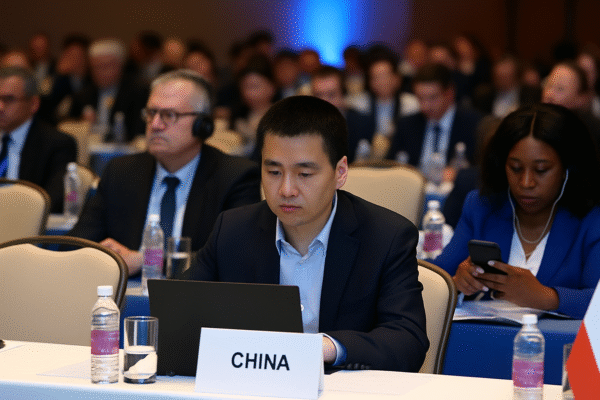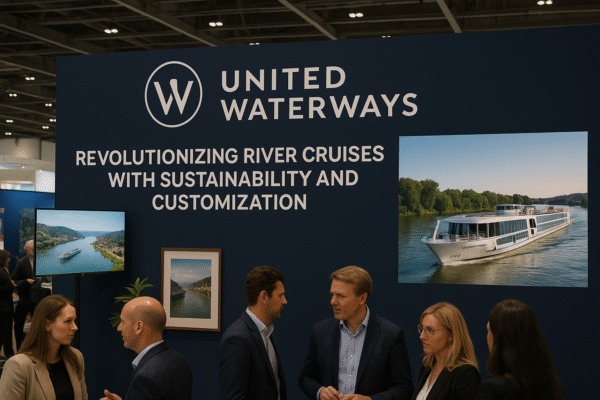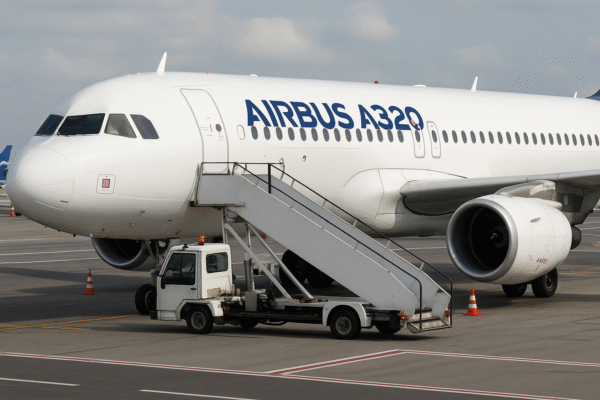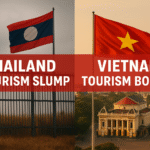Starting October 1, 2025, the United States will require most foreign travelers applying for nonimmigrant visas—from tourists to students—to pay an additional $250 “visa integrity fee.” This fee applies to categories such as B-1/B-2 (tourist/business), F (student), H-1B (work), and J (exchange), excluding visitors from Visa Waiver Program countries, Canada, and Bermuda. The fee is meant to fund border security efforts and improve compliance, though in many cases it may be refundable upon proper visa adherence.
Tourism Leaders Sound the Alarm
The introduction of this fee comes at a sensitive time. International arrivals to the US fell by 3.1% in July, marking the fifth straight month of decline. Year-to-date figures show inbound travel down 1.6%, with projections now pointing to an 8% or more overall drop in international arrivals for 2025, compared to earlier forecasts of growth.
The World Travel & Tourism Council estimates that international visitor spending will slid to around $169 billion, down from $181 billion last year—a loss exceeding $12 billion.
Together, these figures underline a tourism sector on the brink, concerned that the new visa fee will only add to global travelers’ hesitation.
Fee Amplifies Existing Travel Hurdles
Travel from key markets is already under pressure:
- Canada: Year-to-date arrivals are sharply down; traveler bookings from Canada to the US plummeted by over 70% earlier in 2025.
- Growth in markets like Mexico and Argentina isn’t enough to offset the broader decline.
- Student visas appear particularly vulnerable, with some regions seeing up to 18% drop in numbers.
Adding a $250 fee—potentially raising visa costs to $440 or more—creates a significant deterrent for price-sensitive travelers.
Broader Policy Climate Doesn’t Help
This fee is part of a wider immigration tightening strategy: proposed visa bond requirements up to $15,000 for certain applicants and reductions in visa durations for students, journalists, and others. These changes add layers of financial and bureaucratic complexity.
Global travelers often view such shifts—and the messaging behind them—as signs of reduced openness, particularly ahead of anticipated PR opportunities like the 2026 World Cup and the 2028 Olympics.
In several national markets, including parts of Europe and Canada, anti-US sentiment has sparked travel boycotts, further reducing international visitation.
Economic Impact: More Than Just Tourism
This slump echoes far beyond airport arrivals:
- States like Florida, California, and New York—heavily reliant on tourism—stand to lose billions.
- Hotels, tour operators, dining, and transit services all face shrinking demand.
- Reviews and reputation matter: this new fee sends a message that the US is becoming more costly and complex to visit, at a time when competitors offer friendlier terms.
In short, the fee widens the gap between intention and action for potential visitors weighing the benefit of visiting the US.
What Travelers and the Industry Should Know
- Fee Coverage: The $250 applies to applicants from non-waiver countries—tourists, students, temporary workers, exchange visitors.
- Partial Refunds: Under strict conditions—timely departure and compliance—a refund may be possible.
- Visa Cost Now Higher: The new fee stacks atop standard application and processing charges, pushing costs well into $440–$450 territory.
- Plan Ahead: Travelers should anticipate longer processing times, prepare for higher costs, and stay updated on policy adjustments.
- Alternative Options: Visa Waiver Program citizens should consider remaining eligible for simplified travel where possible.
Will This Backfire?
With tourism down, traveler sentiment shaky, and global competition fierce, the $250 visa integrity fee might be a case of counterproductive policy. Far from safeguarding travel integrity, it may inadvertently seal the fate of struggling tourism by pushing would-be visitors to more affordable destinations.
For more travel news like this, keep reading Global Travel Wire



















